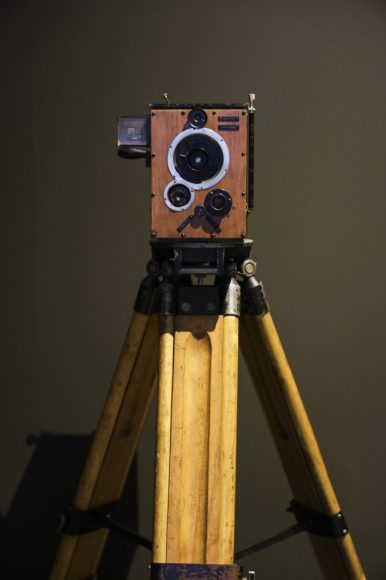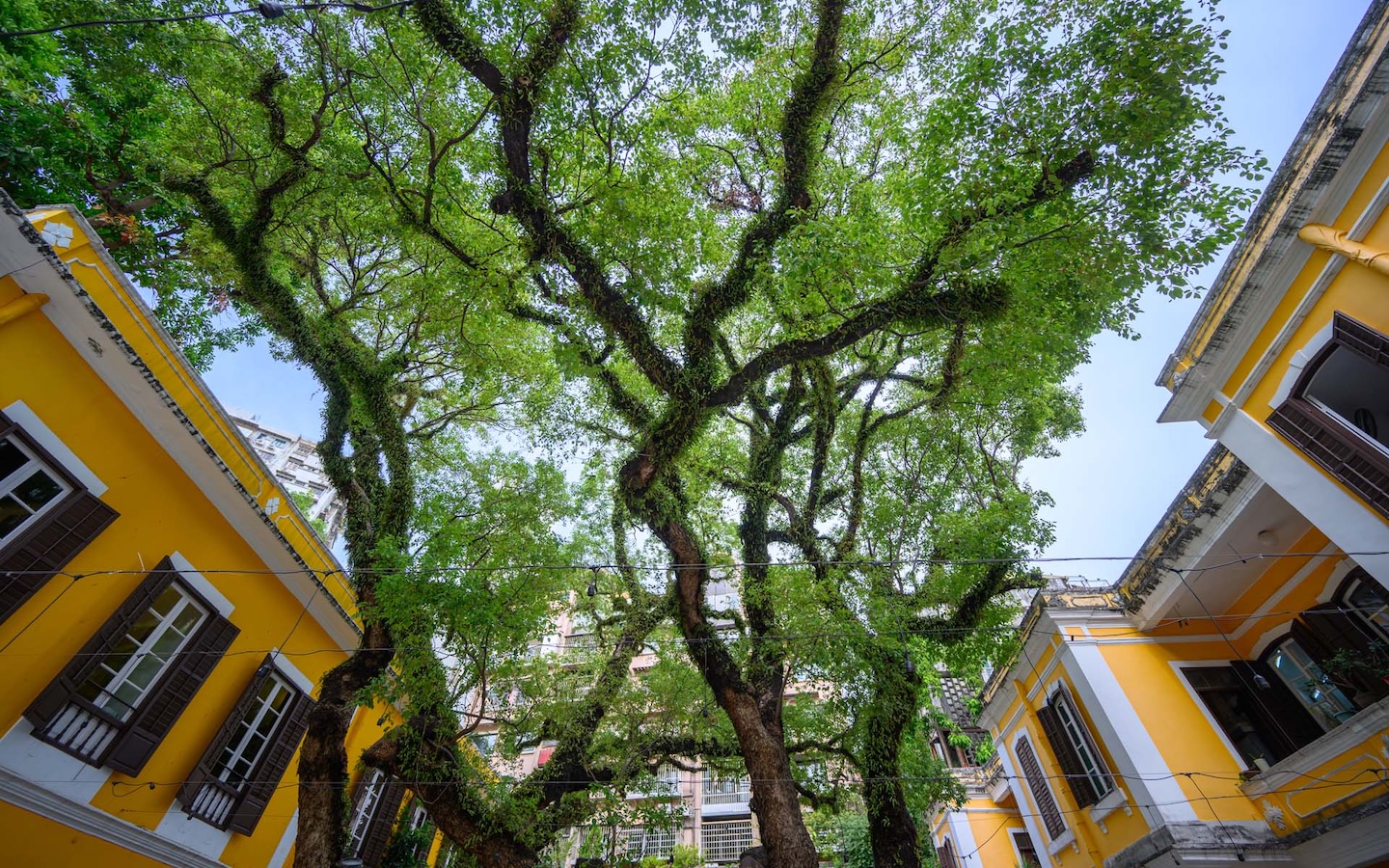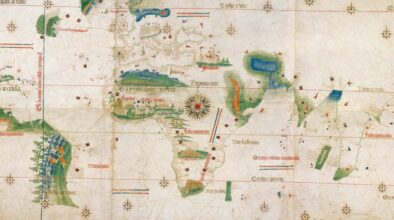TEXT Natasha Pereira Lubaszewski
Photos showcased at the exhibition depict Asian communities’ customs and traditions beginning in 1844.
A century of the social and political history of Macao, vividly portrayed through 220 photographs, was on exhibition at the Museu do Oriente (Museum of the Orient) in Lisbon until 7 January 2018. The images on display illustrated the evolution of the city and daily lives of its people, as well as some of the most remarkable episodes in the history of Macao. According to the president of the Orient Foundation, Carlos Augusto Pulido Valente Monjardino, “it is not the photographic arts that stand out here, but rather what the images document about the city, about the particularities of the Asian territory, about the customs and traditions of its communities, their daily lives and even their environmental conditions. The exhibition, assembled from private and institutional collections scattered throughout the world, is a journey through the history of Macao beginning in 1844.”
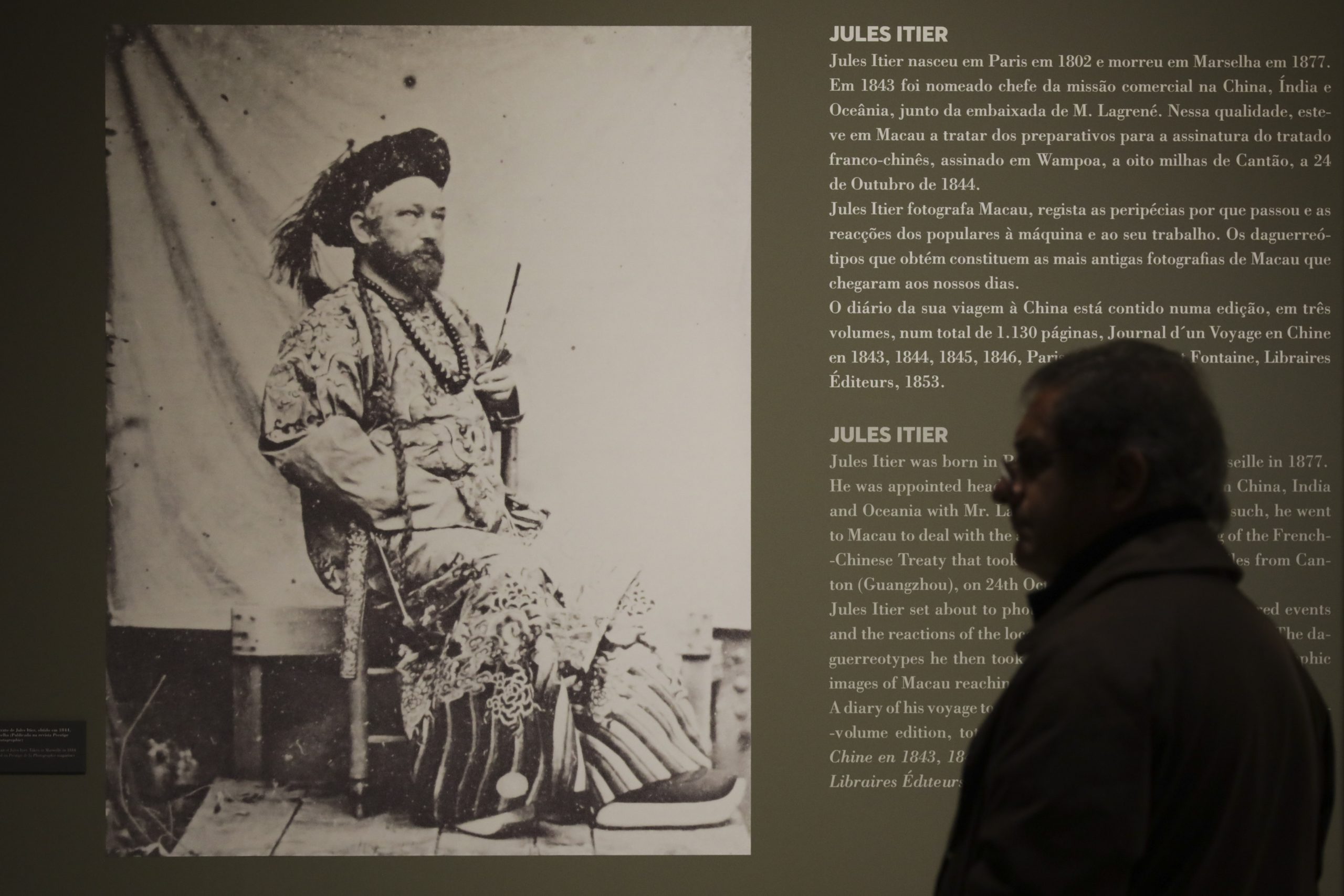
Most of the images included in the exhibition belong to the collection of the Documentation Centre of the Museu do Oriente, considered one of the best public collections of the region’s imagery in Portugal. Rogério Beltrão Coelho, the exhibition commissioner and a journalist with experience in Macao, secured additional images from third parties to reach his goal: exposing the many facets of Macao during the first hundred years of photography.
For the famed hub of East‐meets‐West, Coelho chose images that illustrate the coexistence between its communities, its customs and traditions, as well as the growth of the city, the architectural heritage still preserved today, and the natural disasters that haunt its territory. The exhibition was, according to museologist of the Museu do Oriente, Sofia Campos Lopes, the result of a meeting of common goals between the commissioner and the Orient Foundation.
From the selections made by the commissioner emerged a clear division of the exhibition into three categories: everyday experiences, demonstrating the traditions and customs of their communities; great events, both local and national; and architecture, particularly buildings and neighbourhoods that disappeared or were deeply altered. The work of Jules Itier, whose 1844 daguerreotypes represent the earliest preserved images of Macao and China (then known as the Middle Kingdom), serves as an introduction to the larger exhibition.
The first half of the exhibition focused on everyday experiences, offering an impressive record of traditional professions and customs. Images documented the process of making sweet chicken soup, as well as the manufacture of balichão (fermented shrimp sauce) and panchões (firecrackers). There were also pictures of hairdressers working on the street and traders selling dried fish, of funeral cars and the wedding of a Catholic and Chinese couple.
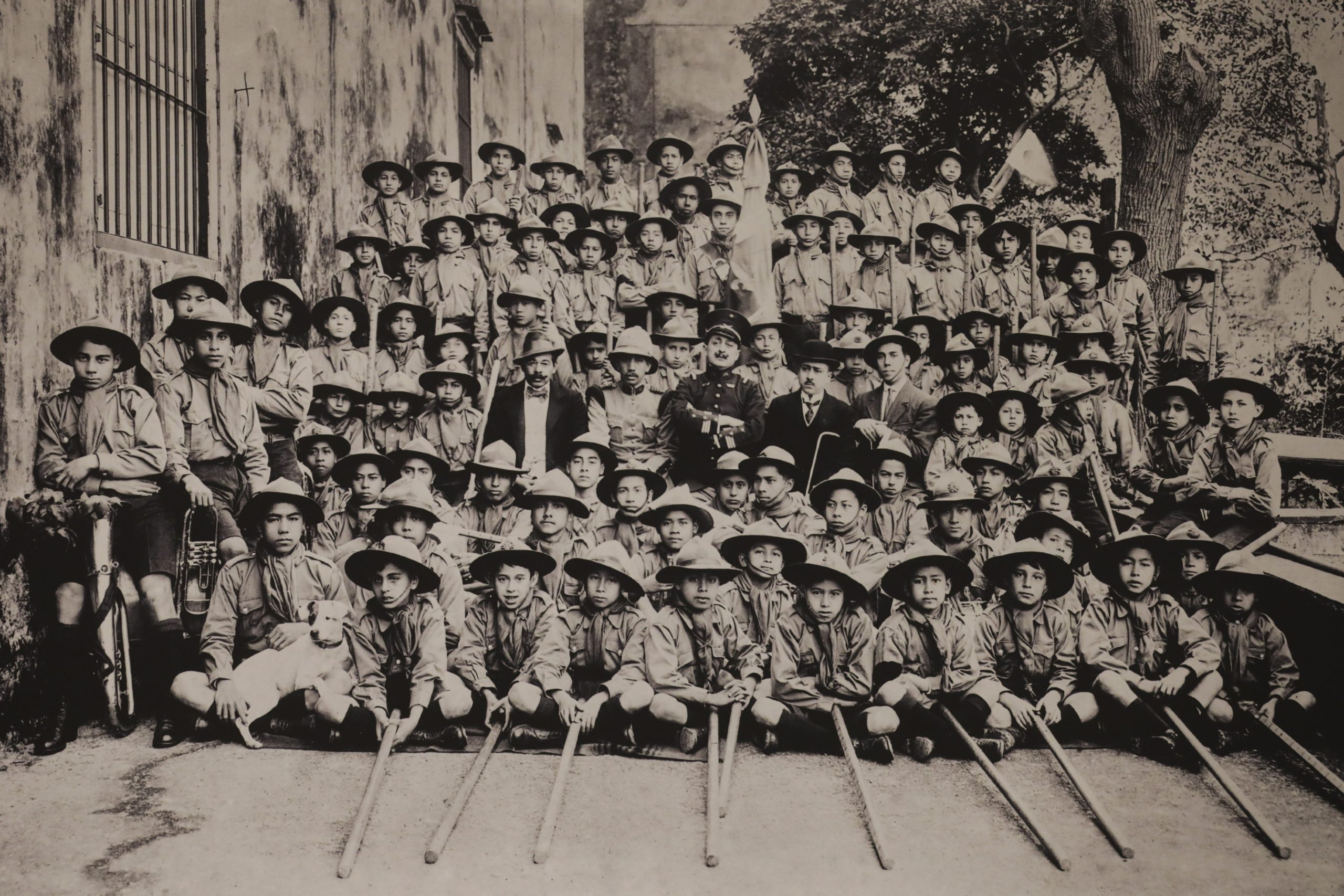
Several notable figures appeared among the many depictions of Macao residents. There’s famed painter Fausto Sampaio teaching in 1947, and international film figures such as Orson Welles and Clark Gable photographed during visits to Macao. Political figures also made an appearance. There’s Henrique Galvão and General Manuel Gomes da Costa, pictured in a mandarin dress while in Macao for a troop inspection in 1923. Lopes described the image, with its mix of Chinese and Portuguese elements, as emblematic of the larger exhibition.
Photographs from the 4th Centennial of the Discovery of the Maritime Route to India in 1898, recorded by Macanese Carlos Cabral and published in Jornal Unique, marked the first major historical event in the exhibition.
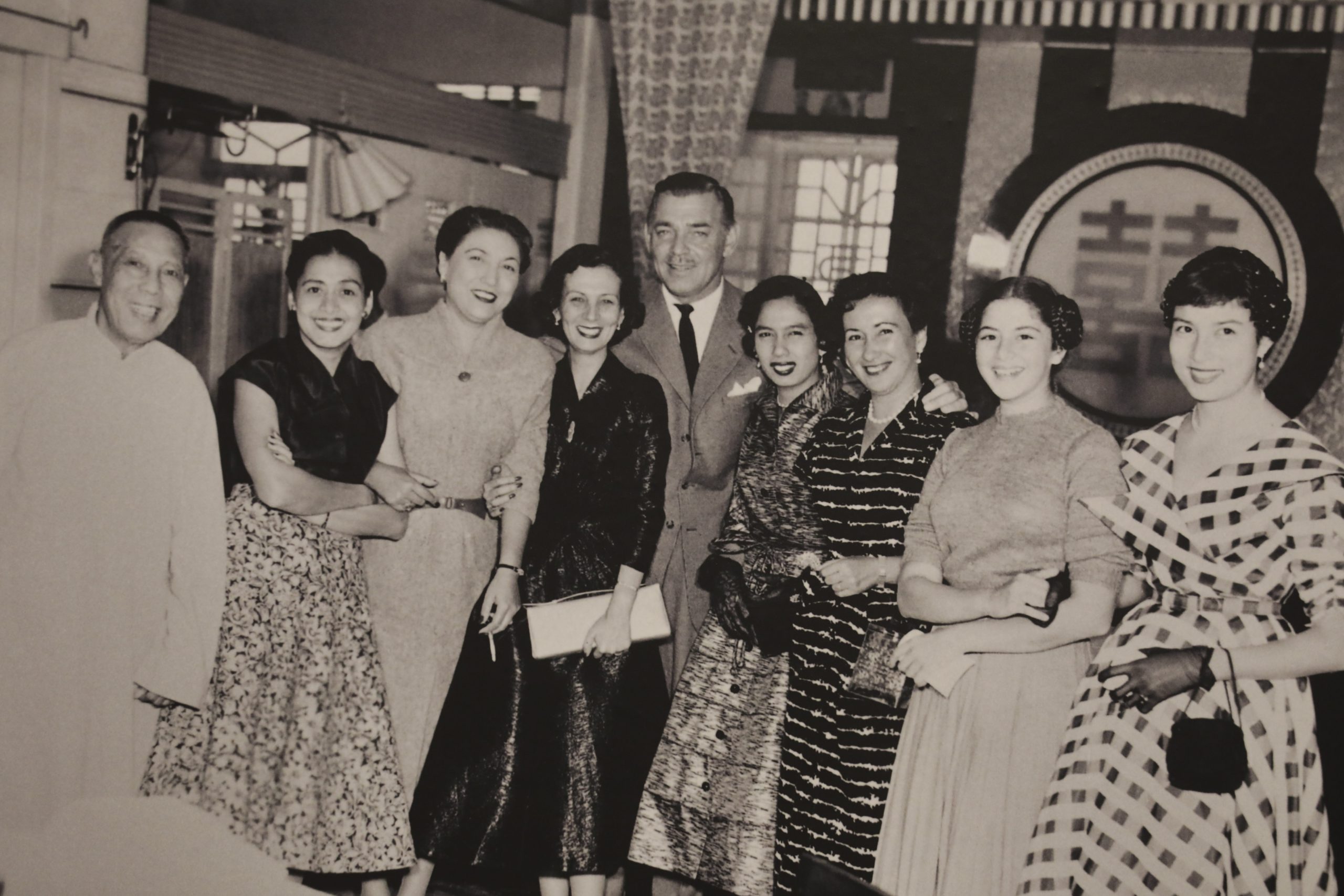
Such great events were spread across in the exhibition, appearing in both the daily life and architecture sections. The daily life section also included images of the inaugural Industrial and Commercial Fair of 1926, the first airplane trips between Lisbon and Macao (1924 and 1931), and the hangar of the Macau Naval Aviation Centre in the Outer Harbour in 1940, five years before it was destroyed by the Americans during the Pacific War.
The tragic explosion of Flora’s arsenal in 1931, and the resulting fire that devastated the palace and the surrounding buildings, appeared in the architecture section. Entitled “From Bamboo to Reinforced Concrete,” this half of the exhibition highlighted the main architectural transformations of the city, the building of new institutions such as National Overseas Bank and Casa Garden, and the devastating effects of typhoons in the territory.
The section began with an enlarged version of a work from Afong, owner of one of the largest photographic studios in Hong Kong. The original postcard of Macao, itself of uncommon format, was sent by mail in 1902. It continued with the relevant work of John Thomson, the first Western photographer to enter the Chinese territory and widely credited with laying the foundation for modern photojournalism.
His photographs from Macao, published in four volumes in 1873– 74, include common people, Praia Grande, and the Military Band (now Military Club) under construction.
For the exhibition commissioner, Thomson stands out for his ability and pioneering work capturing much of China on film. The architecture section ended with an unusual mixture of photographs: images of Casa Garden and Rua da Felicidade taken by one of the greatest Chinese photographers, Man Fook; documentation of the damage caused by several typhoons; and the intimate work of Heinz Von Perckhammer, author of the first book of artistic nudes of Chinese models, Perckhammer found many of the subjects for his 1928 book in Macao.
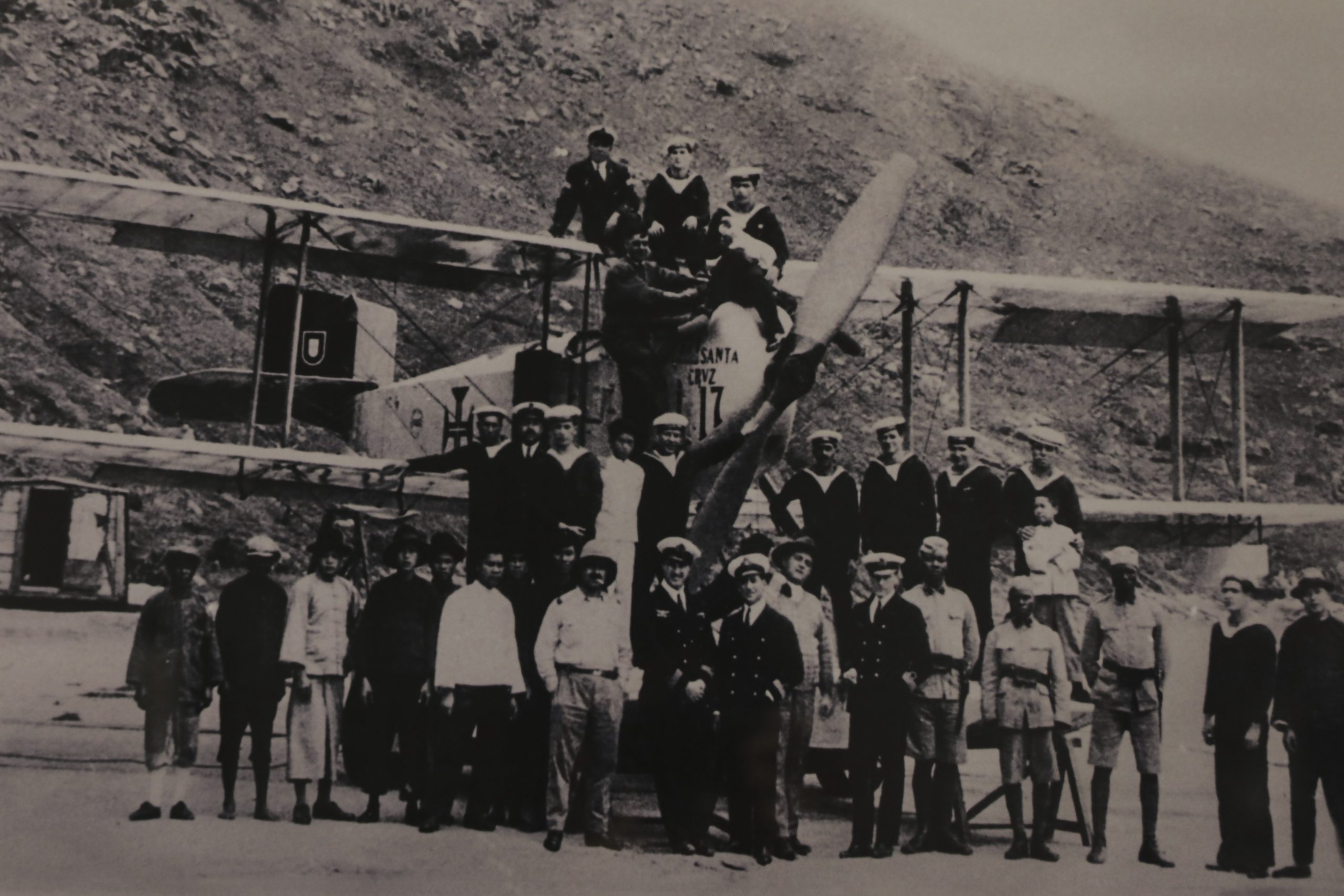
The final day of the exhibition saw a screening of the earliest documentary about the city. Macau ‐ Progressive and monumental city, a six‐minute black‐and‐white film released in 1935, provides a snapshot of everyday experiences and activities in the city.
The Museu do Oriente immediately followed up the exhibition with another project linked to the city. Organised by journalist and film critic Maria do Carmo Piçarra, Cinema Macao. Past and Present presented a plurality of perspectives on Macao during the 20th century, as well as after the handover to China. The seven thematic sessions, held between 7 January and 18 February, took audiences on a journey from that early black‐and‐white short to the critically acclaimed 2016 film Sisterhood by Macao native Tracy Choi.
With nearly 20 films screened and six directors in attendance for various sessions, the free cinema programme provided audiences with a rich exploration of Macao through film.
